Difference Between Covalent Network Solids and Molecular Solids
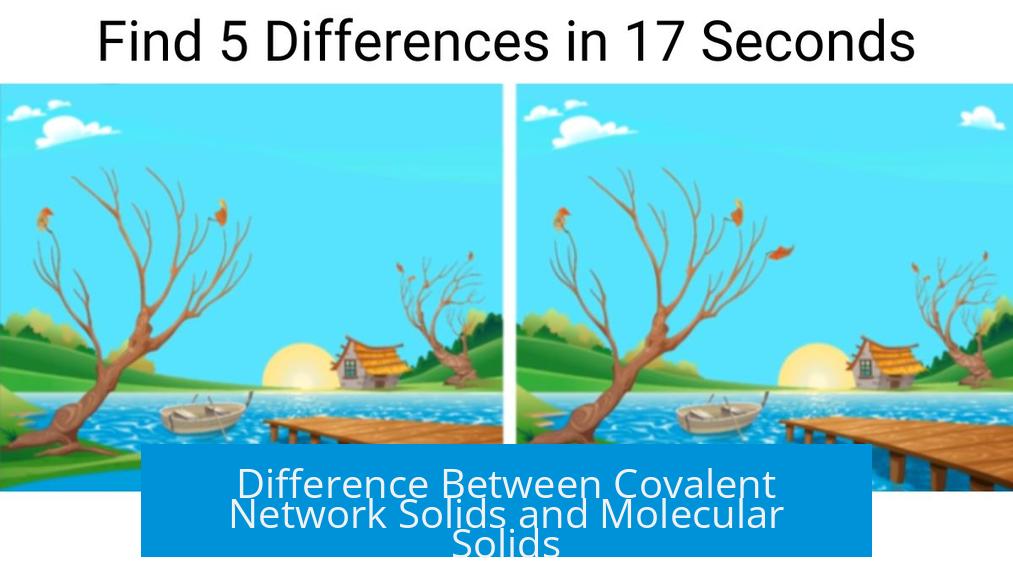
Covalent network solids and molecular solids differ primarily in how atoms and molecules are bonded together, resulting in distinct physical and chemical properties.
1. Nature of Bonding
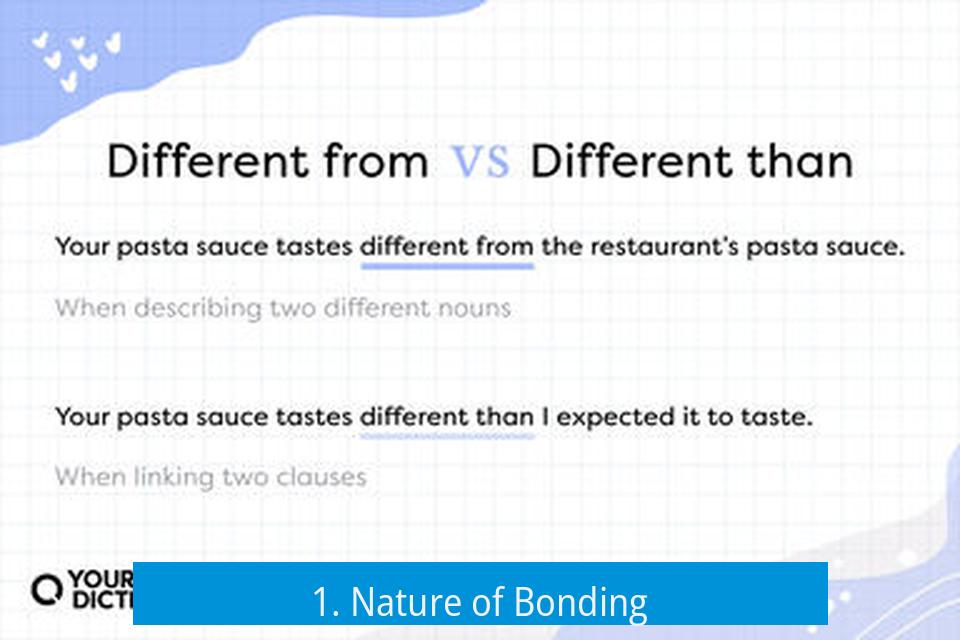
Molecular solids consist of separate molecules held by intermolecular forces like London dispersion, dipole-dipole, or hydrogen bonding. These forces are relatively weak compared to covalent bonds.
In contrast, covalent network solids form an extended network where atoms connect through strong covalent bonds, creating a single large molecule. This continuous bonding structure imparts high stability and strength.
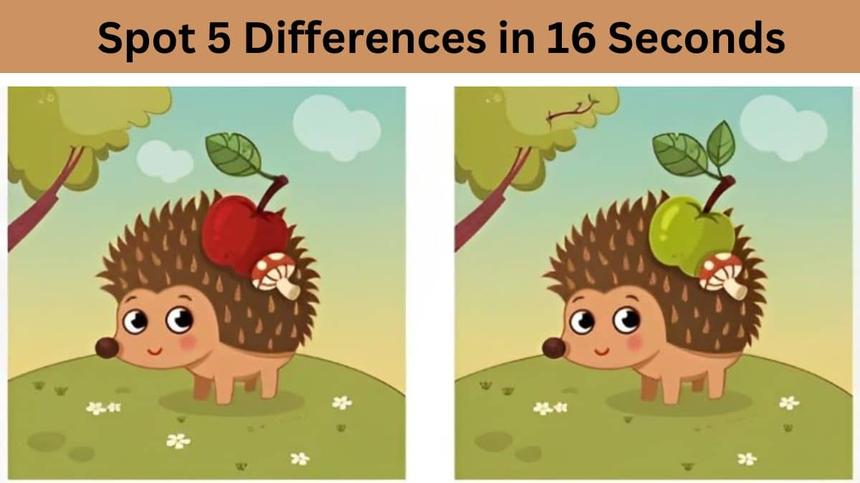
2. Structural Characteristics
- Molecular solids: Made up of independently existing molecules arranged in a lattice. Each molecule retains its identity.
- Covalent network solids: Comprise atoms bonded covalently in an enormous, interconnected structure without separate molecules.
3. Examples of Compounds

| Type | Example | Description |
|---|---|---|
| Molecular Solid | CO2 (Dry Ice) | Consists of CO2 molecules held together by weak intermolecular forces. |
| Covalent Network Solid | SiO2 (Silica) | Forms a giant network of silicon and oxygen atoms linked by covalent bonds. |
4. Predictability from Molecular Formula
No simple rule allows prediction of whether a compound will form a molecular solid or a covalent network solid based solely on its molecular formula. Both types may share formulas but differ in bonding and structure.
Key Takeaways
- Molecular solids consist of discrete molecules linked by weak intermolecular forces.
- Covalent network solids form large continuous structures via covalent bonds.
- Physical properties such as hardness and melting point differ significantly between the two.
- CO2 exemplifies molecular solids; SiO2 represents covalent network solids.
- Molecular formulas alone do not reliably indicate the type of solid formed.
Difference Between Covalent Network Solids and Molecular Solids: What You Really Need to Know
Ever wondered why ice melts easily but a diamond doesn’t even budge under your finger? The answer lies deep in the world of solids. Specifically, the difference between covalent network solids and molecular solids. Both sound like a mouthful, and yes, they do involve fancy chemistry, but the concept isn’t as scary as it sounds.
Simply put, the key difference is this: covalent network solids are essentially one giant molecule with atoms linked by strong covalent bonds, whereas molecular solids consist of many separate molecules held together by weaker intermolecular forces. Now, let’s unravel that intriguing statement.
1. Nature of Bonding: The Basics Behind the Scenes
Imagine a bunch of people holding hands to form a giant human chain. That’s a great metaphor for covalent network solids. Each “hand” represents a strong covalent bond connecting individual atoms into a massive, interconnected whole. These covalent bonds are powerful and don’t come apart easily. The entire solid acts like one continuous molecule.
On the flip side, molecular solids consist of many separate molecules that stick together by intermolecular forces. Think of these as Velcro bonds—much weaker than hand-holding. The molecules themselves remain intact, but the forces between them hold the whole solid together.
To put it bluntly: covalent network solids are crafted by strong, robust bonds spanning the entire structure. Meanwhile, molecular solids are glued together with relatively weak forces acting between independent molecules.
2. Structural Characteristics: Many Molecules or Just One Giant Molecule?
Another way to picture this difference is by looking at their structures. Molecular solids are like a crowd at a concert—each person (molecule) stands independently but stays close because of surrounding attractions (intermolecular forces). This crowd can easily break apart if someone pushes through.
Covalent network solids are more like a tight-knit team locked arm-in-arm, forming an unbreakable chain. Their structure is a huge, continuous network of atoms bonded covalently. Instead of many small molecules packed together, there’s essentially one enormous molecule.
That structural difference means covalent networks often have high melting points and hardness due to the strength and continuity of bonds. Molecular solids, being held by weaker forces, typically melt and evaporate more easily.
3. Real-Life Examples To Make It Crystal Clear
It’s easier to grasp these concepts through examples. Take CO2 (dry ice). It’s a classic molecular solid. This stuff sublimates at a chilly −78.5 °C, turning directly from solid to gas. Why? Because its molecules cling together loosely. When warmed, the molecules simply break their weak interlocks and fly off.
In contrast, consider SiO2 (silica), a covalent network solid. It’s a major component of sand and quartz. Here, every silicon and oxygen atom connects through strong covalent bonds to form a sturdy, massive network. Silica won’t melt or vaporize easily. It needs intense heat—over 1,700 °C—to break those bonds.
4. Can You Predict Which Solid You’ll Get From the Formula? Spoiler: No Simple Shortcut
One might think that just by looking at the formula, you can guess if a substance forms a network solid or a molecular solid. Sadly, no such simple trick exists. Both CO2 and SiO2 contain the element oxygen, but the former forms discrete molecules, and the latter creates a giant covalent network.
This ambiguity is because molecular geometry and bonding preferences play huge roles. Silicon tends to form extended covalent frameworks, while carbon dioxide remains as discrete molecules. So chemistry throws in its quirks here, making predictions without experimental data tricky.
So, Why Should You Care?
Understanding the difference between these solids is more than just academic. It explains why some materials behave the way they do—like why diamonds are so hard, why dry ice sublimates, or why quartz resists heat. This knowledge underpins countless applications in materials science, engineering, and even geology.
Next time you pick up your phone, think about the silica in the glass screen—an unyielding covalent network solid providing durability. Or remember dry ice’s molecular nature making it perfect for cooling without the wet mess of regular ice.
Tips for Remembering the Difference:
- Molecular solids: Separate molecules + weak intermolecular forces = softer, lower melting points. Examples: Dry ice (CO2), iodine crystals, sugar.
- Covalent network solids: Massive giant molecule + strong covalent bonds = very hard, high melting points. Examples: Diamond, quartz (SiO2), silicon carbide.
Final Thoughts
The difference between covalent network solids and molecular solids boils down to how atoms hold hands. Whether it’s that giant, locked-in network or loose groups of friends, this distinction shapes everything from durability to melting points.
Next time someone asks you about these solids, just say, “It’s either one vast unbreakable molecule or lots of tiny molecules cozying up through feeble forces.”
Science, served with a side of clarity and a dash of humor—because who said chemistry has to be dull?
What key difference in bonding separates covalent network solids from molecular solids?
Molecular solids contain separate molecules held by weak intermolecular forces. Covalent network solids consist of atoms bonded covalently in one continuous network.
How do the structures of covalent network solids and molecular solids differ?
Molecular solids are made of individual molecules. Covalent network solids form one large interconnected molecule through covalent bonds.
Can you give examples of molecular and covalent network solids?
Dry ice (CO₂) is a molecular solid. Silica (SiO₂) is a covalent network solid.
Is it possible to determine the type of solid just from its molecular formula?
No, the molecular formula alone does not reliably indicate whether a solid is molecular or covalent network.
Why do covalent network solids typically have higher melting points than molecular solids?
Covalent network solids have strong covalent bonds throughout the structure. Molecular solids have weaker intermolecular forces, so they melt at lower temperatures.


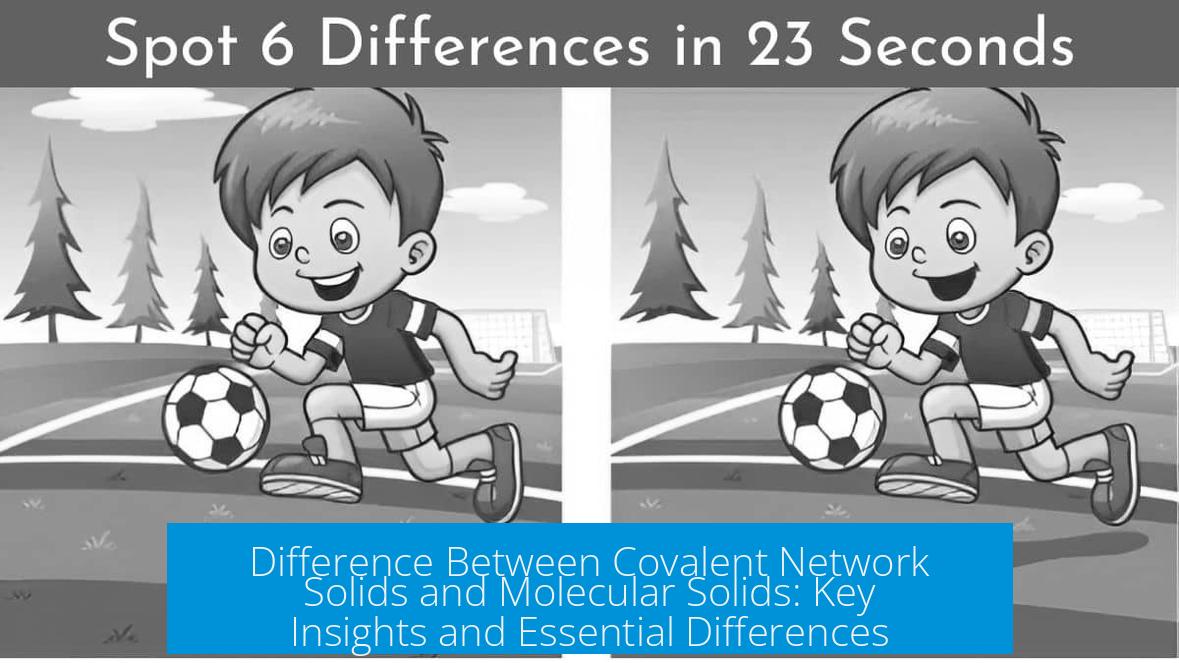

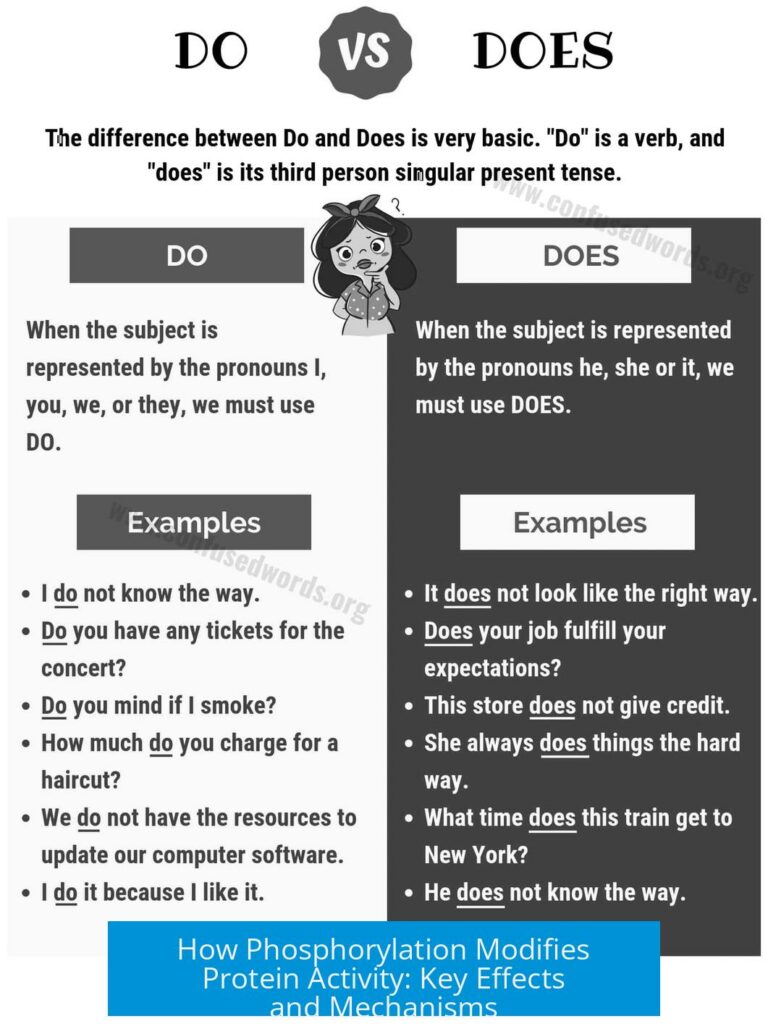
Leave a Comment